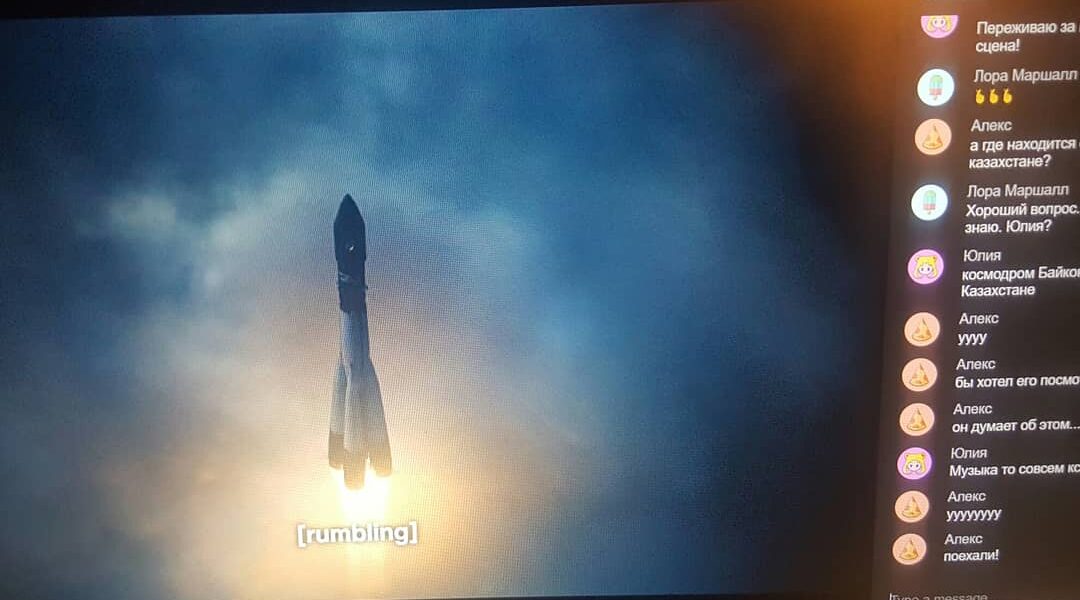Embrace the Engagement Experiment: Keys to Co-curricular Success During the Pandemic
By Laura Marshall, Assistant Director, Russian Flagship Program, University of Wisconsin-Madison
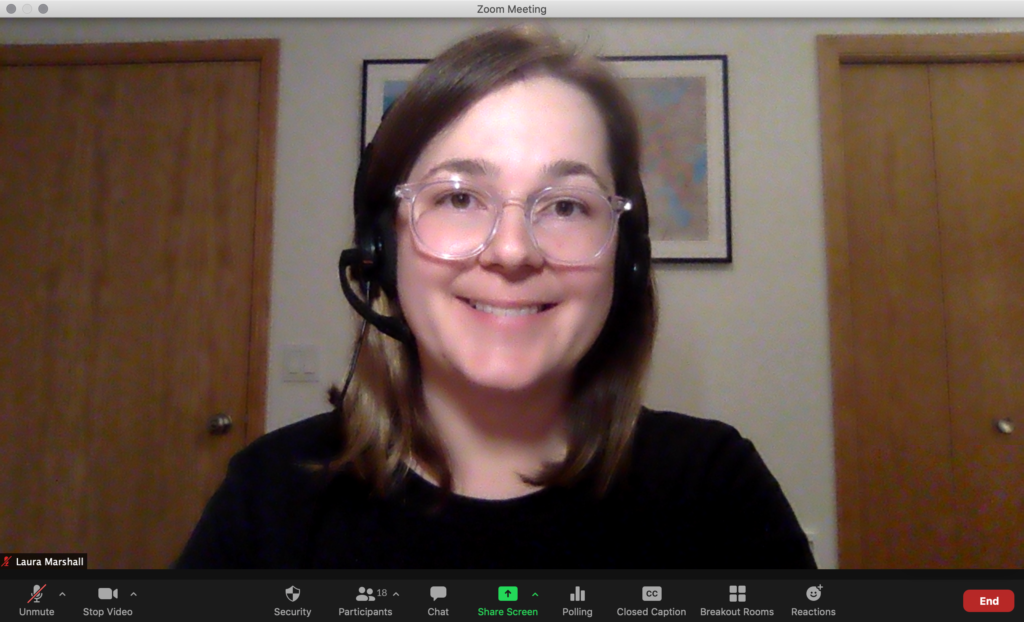
Despite the many challenges that 2020 has presented, there are some silver linings for language learners and educators. This may seem counterintuitive to anyone who has pondered see-through masks or socially distanced conversation tables, but in my role working with students at the University of Wisconsin-Madison, I’ve come to believe that we’re in the midst of a golden opportunity to reshape and revitalize the landscape of language teaching and learning.
As assistant director of the Russian Flagship Program, I oversee co-curricular programming for the 40+ students enrolled in this federally funded program, open to students of any major and designed to link students’ intensive language study with their other academic and professional aspirations. In addition to designing activities for students at varying levels of proficiency in Russian, there is a simultaneous need to create programming that appeals to students majoring in everything from chemistry to dairy science, social work and beyond, with language as the single common denominator. The practical implications of these features are that, at least in my world, experimentation and engagement rule the day. It is in this context that I’ve learned a few lessons that have helped me navigate the new landscape of the pandemic. If we want to be successful in the current environment, we need to unpack our definitions of student engagement, experiment with our current frameworks, and embrace new attitudes and increased capacities.
Lesson #1: Reexamine your interpretation of engagement.
Since the onset of the pandemic, I have noticed a growing obsession with the topic of student engagement – I’m here to tell you not to panic!
At first glance, many of us tend to think of engagement as an active classroom or well-attended event, where students are enthusiastically participating or interacting with the task at hand. It’s important to remember, however, that engagement in a particular lecture or one-time activity is not the same as engagement in a semester-long course, academic program, or student’s overall college experience.
I would argue that we need to dive much deeper when we think about engagement, and to consider our students from a holistic, big picture perspective. What does an engaged student look like? For an audience like mine, of academically motivated college students with diverse majors who are enrolled in a demanding program, I would argue that engaged students are those who have been able to create and foster personal relationships (with each other and with the program’s faculty and staff), who feel a sense of belonging to the program, and who can articulate connections between the target language and their personal, professional, or other goals. When well-developed, these are features that do not easily fade away. For new students, this is a time to set expectations and demonstrate what makes studying a language special. If we consider and attempt to sustain engagement from this angle, it becomes very obvious that you do not need to transform yourself into a Zoom wizard who knows how to use all of the trendiest bells and whistles – you just need to communicate to your students that you care, that their goals are meaningful and attainable, even during a pandemic, and that they are part of a larger community that is here to support and encourage them. In other words, distance, location, and platform do not determine engagement. Engagement is a state of mind!
Here are some practical ideas for sustaining engagement through this lens:
- Remember snail mail? Send birthday or other greeting cards in the target language. Invite your students to participate in snail mail exchanges with one another. (To address privacy concerns, you would need to make this opt-in only. If students aren’t comfortable sharing their addresses with other students, you could serve as a clearinghouse by having them send their letters to your campus address, from which you would then pick up, sort, and distribute the letters. This would spare you from disclosing your home address and would enable students to send and receive multiple letters in small bundles. Note that this might be more successful as a one-time activity, such as an end-of-semester celebration.
- Do you have photographs from times when everyone was together? Send them to your students with a few words of wisdom or encouragement.
- Nominate a team of student ambassadors who are tasked with checking in on other students. This would involve some careful training and you would need to make sure that all students are aware of the community-building purpose of the student ambassadors’ work – everyone should be informed that serious or sensitive issues should (and will) be addressed at a higher-level following your school or university’s guidelines.
- Form a student committee to plan a “reunification” party to put a happy event on the horizon. (Of course, don’t set a specific date just yet.)
- Throw a virtual gathering where the theme is nostalgia and/or the future. Play an alphabet game where everyone has to add a sentence on this topic, e.g. “I miss/I am looking forward to… Always seeing each other, Being in the student lounge, Coming to class, etc.”
- Circulate a “question of the week” to support relationship-building and a strong sense of community. In the Russian Flagship Program, we ask students to post video responses to Flipgrid, a platform that I like to refer to as “educational Instagram.” Some of the questions that we’ve asked include how they spent their summers, what they like to do in their free time, and what they like best about the fall weather.
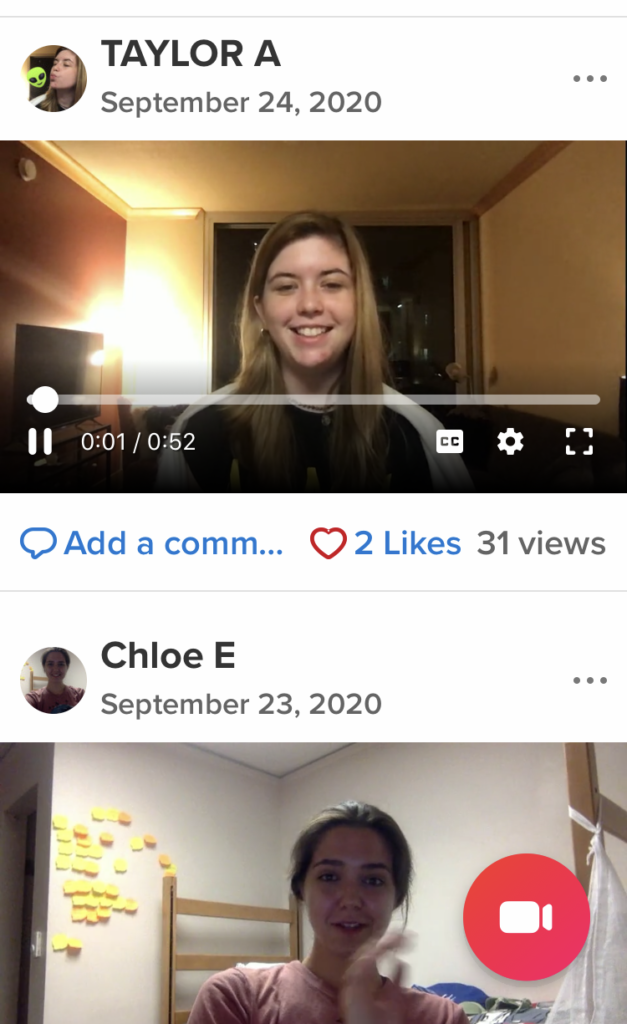
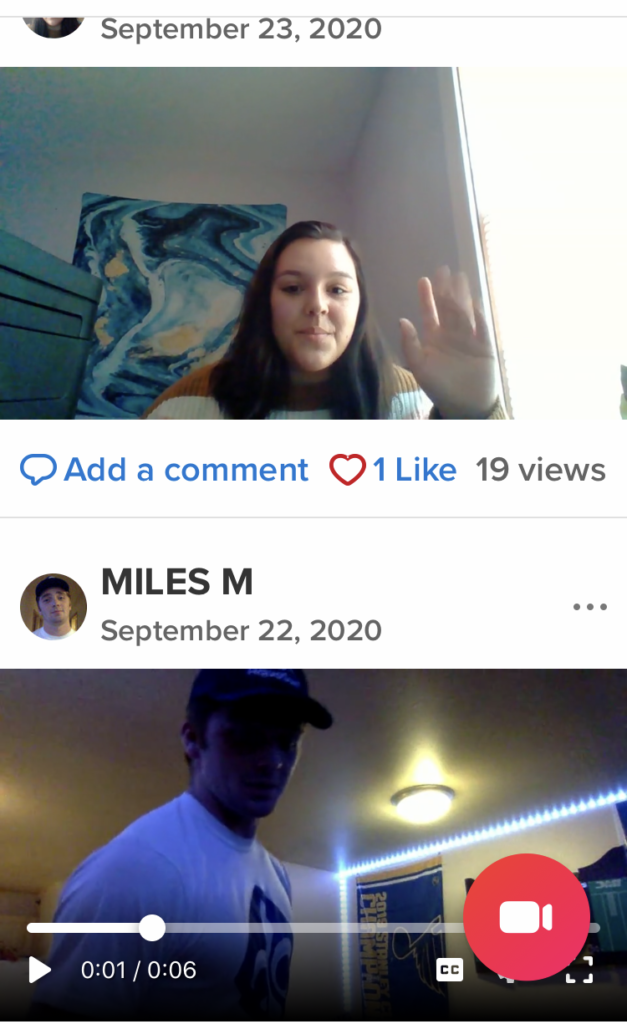
Pictures 1 and 2 – Russian Flagship students at the University of Wisconsin-Madison post video responses to a “question of the week” to help them stay connected
Lesson #2: Be careful with your planning framework.
Everyone is talking about “moving online” and “going virtual.” Here I would encourage us to be cognizant of the frameworks that we’re using when we develop instructional strategies.
When we limit ourselves to binary options like online and offline, synchronous and asynchronous, we plan from a place that is centered on technology or platform rather than on learning objectives, and this obviously misses the point. Do not allow the search for the “best” platform to limit your creativity. Rather, come up with instructional strategies based on your learning objectives just as you would during “normal” times, and then look to technology to enhance those ideas!
If you’re feeling stuck, consider experimenting with the lateral thinking techniques developed by Edward de Bono, who argues that it’s possible to be creative “on demand.” This is accomplished by switching up the building blocks that you would normally use to frame a problem or situation. What would happen, for example, if you tried to design an event using an unconventional combination of frameworks? What could you plan if you tried to design a synchronous co-curricular event that took place almost entirely offline?
Here is a practical example that illustrates how far I was able to go with this combination. (It’s not a pure example of either synchronous or offline – the point is that it moved my thinking in a new direction.)
Learning objective: Motivate students to speak Russian outside of class.
Instructional strategy (do and connect activity): Photomarathon.
Students are asked to take a series of photographs on predetermined themes (for example, “why study Russian”) during a set period of time, typically 12 to 24 hours. New themes could be released every 2-4 hours as a voicemail message – students would need to call in to discover the latest theme. If you wanted to go the extra mile (and had the budget to do so), you could even purchase single-use cameras to distribute to your students through snail mail or from a designated pick-up point. (Tip: Stretch your budget even further by purchasing single-use cameras in bulk from vendors selling them as wedding favors.) You could collect the cameras and develop the film to use for a follow-up photography exhibit, either as a socially distanced outdoor activity or as a fun future event to have on the horizon. Lower-level students might be asked to write a title and a one-sentence description of their submissions, whereas upper-level students could be asked to submit longer paragraphs. This could be a great weekend activity that gives everyone flexible options for participation, mostly away from their screens, while still promoting a sense of unity.
Lesson #3: Embrace new attitudes and increased capacity.
A common misconception in the current environment is that we’re suddenly implementing many new forms of technology. In reality, the technology hasn’t changed all that much – Zoom has been around since 2011. More accurately, there is a greater willingness to embrace the wide variety of virtual spaces that we may have previously neglected or taken for granted. Again, this is where I would advocate for a shift in perspective: no one needs to suddenly become an expert in many new forms of technology. We are better served by focusing on the new attitudes that have come with the current landscape.
For my audience, this has meant a wealth of new opportunities for increased collaboration within co-curricular programming. For example, once per month, we now host an alumni guest speaker for an informal discussion of the person’s current work and the impact of their experiences in the Russian Flagship Program. The goals of this series rely heavily on the previously mentioned principles of student engagement: connect current students to alumni; motivate, inspire, and encourage current students to explore their future plans; and support the program’s growing alumni network in staying connected to one another and to the program. Since virtual events are now the status quo, there is less of a burden to explain platforms like Zoom to guests who might be less comfortable with technology – we know that most people are using these spaces, so we don’t need to identify a particularly tech-savvy guest if we want to collaborate online. “What is Zoom?” is a question that we probably won’t hear very much anymore. We also know that our students are well-versed in these platforms, and going forward, we should expect that most people will have a positive frame of reference for virtual gatherings, which means that we can continue these long-distance collaborations even after in-person activities resume.
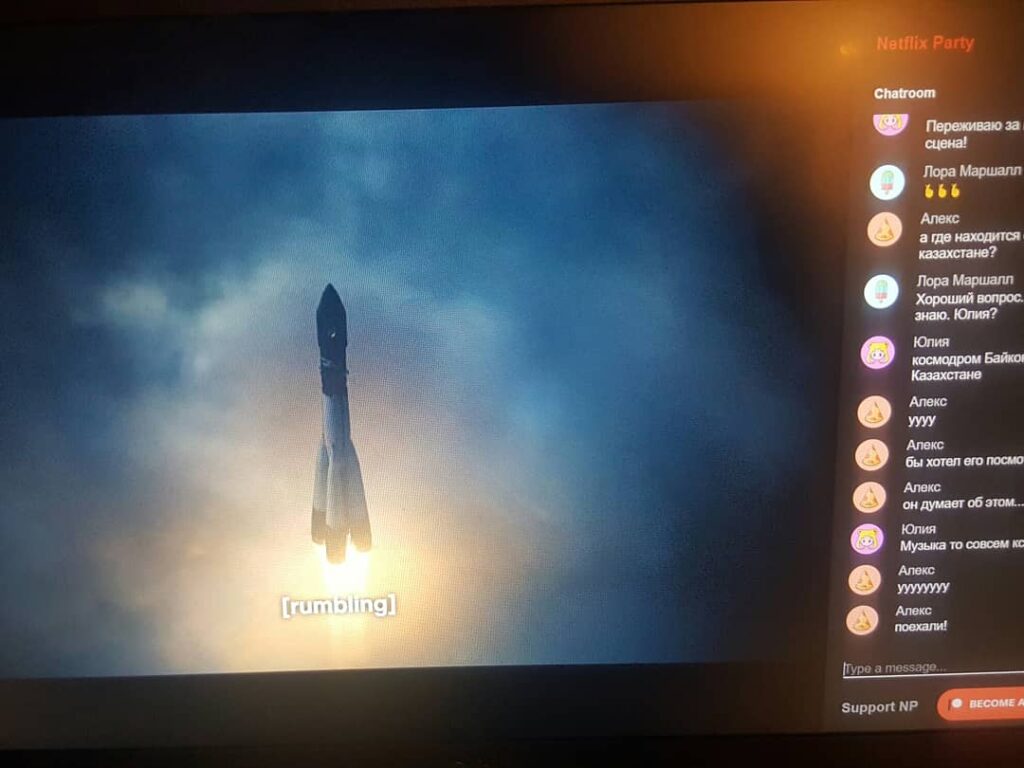
In this section, I would also like to point out that planning virtual activities involves fewer logistical demands. Not only is less time needed for planning (and here I’m referring to the full gamut of arrangements, everything from flights to furniture), but online events are simply easier to manage. As host at a recent Zoom event, for example, I was thrilled to have a clock on my screen automatically monitoring the time; the ability to privately chat with several students who were too shy to ask their questions; to have latecomers seamlessly appear on screen without stumbling over a row of chairs or backpacks; and to be able to immediately share links and resources as our speaker mentioned them.
Moreover, online events are more efficient. Working with a population of students who are notoriously busy, I have observed and appreciated that virtual events do not require the same allotment of time per activity. For one, existing remotely has forced all of us to be more regimented and aware of our schedules. There are downsides to this, like screen fatigue, for example, but I’ve noticed that we’ve been able to do more in fewer minutes. For lack of a better term, we are able to “multitask” during virtual events. People can introduce themselves in the chat or participate in side discussions while the featured guest is speaking. This offers each of us greater agency in personalizing our experiences and increasing a given activity’s impact.
Here is a final example of how we’ve been able to leverage these new attitudes and capacities:
Inspired by the U.S.-Soviet Space Bridges of the 1980s, TV-Bridge is a monthly series of talk show-like informal conversations with everyday people from the Russian-speaking world that our program is piloting in 2020-21. Guests are interviewed, by staff and students, about their lived experiences and the customs and cultures or points of interest in their home cities and regions. This has been a fantastic volunteer and leadership experience for our students, who nominate guests and volunteer to serve as interviewers during each session. TV-Bridge has also been a great way for our program to position Russian as a trans-national language and to promote the broader Russian-speaking world. Without the current comfort level that everyone, worldwide, has for platforms like Zoom, I doubt that this kind of event would have been possible pre-pandemic.
Given what we know about language learners, that they’re generally eager to engage with language learning beyond the classroom and that it takes a certain level of investment to embark on a language learning journey in the first place, we shouldn’t let the noise of the pandemic drown out what could otherwise be a time of great innovation, experimentation, and forward momentum for language teaching and learning. The new virtual baseline that we’re experiencing isn’t going away, even after everything “returns to normal.” Taking a fresh look at our perspectives and the factors that we choose to prioritize may reduce some of the stresses of the current moment and allow us to see opportunity within a challenging time.

